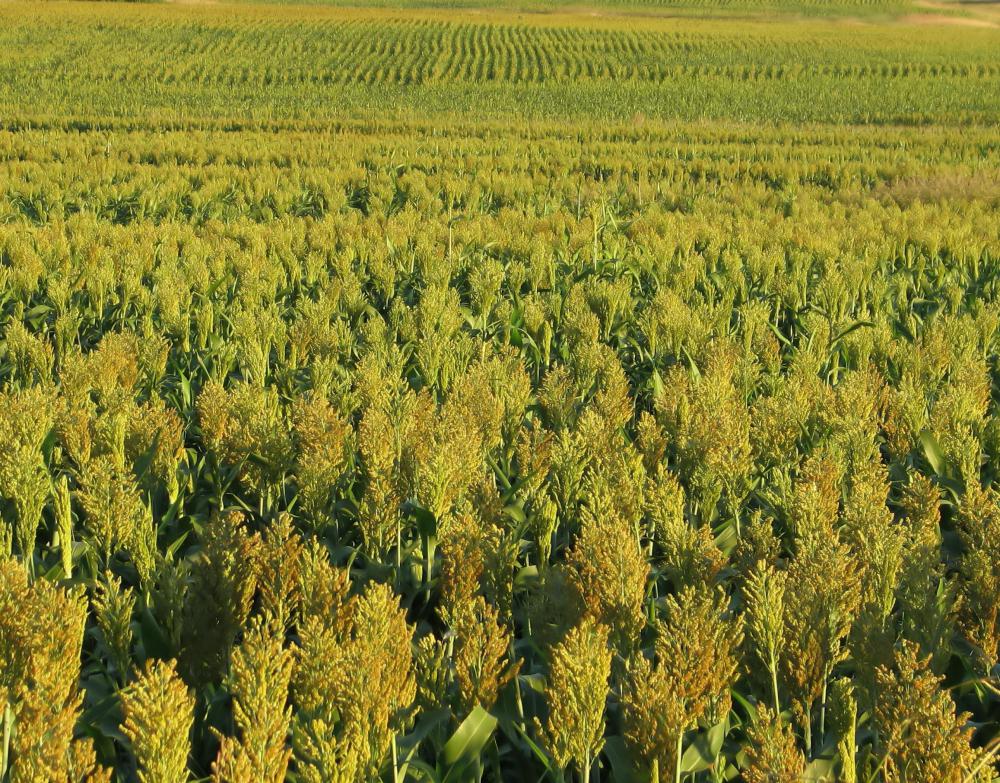At HomeQuestionsAnswered, we're committed to delivering accurate, trustworthy information. Our expert-authored content is rigorously fact-checked and sourced from credible authorities. Discover how we uphold the highest standards in providing you with reliable knowledge.
What are Angiosperms?
Plants are very dynamic things, despite their sedate reputation. They have exciting lives, they make their own food — at least some of them do — and they do humans a big service by consuming carbon dioxide and producing oxygen. Some of the most advanced plants are the angiosperms. These plants are vascular, and they have seeds. The add-on that makes them so advanced is their ability to have flowers.
Most of the members of the plant kingdom have tubes that carry water and nutrients throughout the body of the plant. This kind of water-nutrient transportation is called the vascular system. Plants that do not have these are called nonvascular plants.

Some vascular plants that have seeds are called gymnosperms. Some of the most common gymnosperms are conifer trees, like pine, cedar, spruce, and redwood. These kinds of trees are also evergreens, able to keep their needles even in the cold months of winter.
Unlike gymnosperms, whose seeds are exposed to weather, animals, and people, angiosperms have their seeds surrounded by flowers, which can offer incredible protection. Many of these plants have an inner layer that surrounds the seed, storing food and protecting it from harm, and an outer layer that protects the seed from the elements or animal attacks.
Flowers are also reproductive elements. The stamen produces pollen, which is used to fertilize the egg in the carpel. The result is more seeds.
Angiosperms can have one of two kinds of seeds, monocots or dicots. Monocots have one package of food. They have leaves made of long strands, and petals in groups of three. Monocots include grass, palm trees, lilies, and corn.
Dicots have two packages of food. They have flowers with four or five petals and complex leaves with veins. Dicots include apple trees, cherry trees, roses, sunflowers, and cacti.

Angiosperms are very important to agriculture. The grass family of monocots includes rice, corn, wheat, barley, rye, oats, millet, sugar, and sorghum. The crops of these plants are used to feed people and livestock. Other monocots that are grown in large numbers to feed people and animals are potatoes, tomatoes, peppers, and pumpkins. The dicot fruit trees provide food for people and animals as well.
AS FEATURED ON:
AS FEATURED ON:





















Discussion Comments
A tomato and a potato are both dicots. Thank you bud.
Post your comments